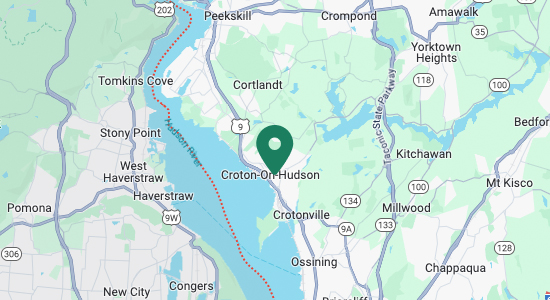Tickets Since 1990
Radar
Police radar…is there anything more hated by the motorist? Radar has come a long way from the primitive beginnings in the early 60’s. Police used “S band” radar, needing a huge antenna on a tripod, which read out on a rolling sheet of paper, like a lie detector. It was cumbersome, good weather only, and very rare. This was the analog era, and keeping tubes running in police use was never easy, never mind trying to get them to live at microwave frequencies.
With the advent of transistors, radar moved to the X band, at 10 Ghz. Frequency stability is essential to radar, and solid state devices made this possible at higher frequencies. The antennas got smaller, and for the first time, could be mounted on the police car, although usually on a rear window as the devices were “continous transmit” only, and from a stationary position. For a detector user with an early Escort, this was no threat…there were few, if any radar “falses” from door openers, and the old X band guns gave a mile or more of warning. (I recall this era with nostalgia)
The arms race applies on the side of the road too, and the next advance was for a smaller antenna, using the 24 Ghz “K-Band” radars, which also came with a new mode…”instant on”. This allowed the motorist to come into the radar’s zone of influence before transmitting, making the radar detector less useful. K band was very expensive when it first came out, but the older X band guns were also rigged for “instant on” once the feature came into use.
The next advance in radar (from the enforcer’s point of view) was moving mode. The increase of technology allowed the radar, for the first time, to internally separate the primary reflection (ground speed) from the second reflection (target speed). Prior to this, you could not use radar except to verify your speedometer, as the only reading you would obtain would be the reflection of the ground passing you. This development, while dating from the 70’s, to this day mystifies a lot of drivers I deal with, who are amazed that the cop “was coming from the opposite direction” and did a U turn and wrote them a ticket. With the smaller K band antenna now fitting in a squad car, this is the dawn of our modern radar era. Any police car coming at you is a threat, especially on a two-lane road.
The state of the art radars today have gone still further up in frequency, to the Ka band, 34-36 Ghz. This makes the antennas still smaller, to the soda can size you see today. They are now small enough to permanently mount in any squad car, and many departments use front and rear antennas. The Ka band is much wider than X or K, and this makes the radar detector’s job harder, as a detector is really just a glorified scanner. The current state of the art radar has front and rear antennas, and a new advance, same lane moving mode. Whereas the primitive radars of the 70’s could pick out target vs. ground speed, as they were going in opposite directions, today’s radars can pick out a target going in the same direction as the patrol car. States vary in whether or not this mode has “judicial notice” (would be accepted in a Court with the usual minimal Police testimony), but a car behind you or in front of you can now get a reading. This mode is less frequently used, but is increasing as the older units are retired and new ones come into place.
Radars in use vary quite a bit. They are sold through a public bidding process at the State Level, and your local agencies often buy at the negotiated State Police price. Many agencies though, do not, so if your state does not have an “official” radar, you are facing a variety of threats. Here in New York, our State Police use Ka band Stalkers, a state of the art gun. Local agencies still have a lot of the Kustom Signals KR series K band units, as they have less money than the State and the units last a bit longer in local use. X band is mostly gone, only because the units have obsoleted out. The newer units have variable power outputs, so that you can make your zone of influence smaller. Many of them allow the Agency to lock out certain functions, like the moving modes, if the law in your state does not support their use. Fortunately, most police are not gadget geeks, and tend to run them in full power mode, in standard stationary or “instant on” modes. Still, there is never a shortage of sheep to shear…next installment, countermeasures.






